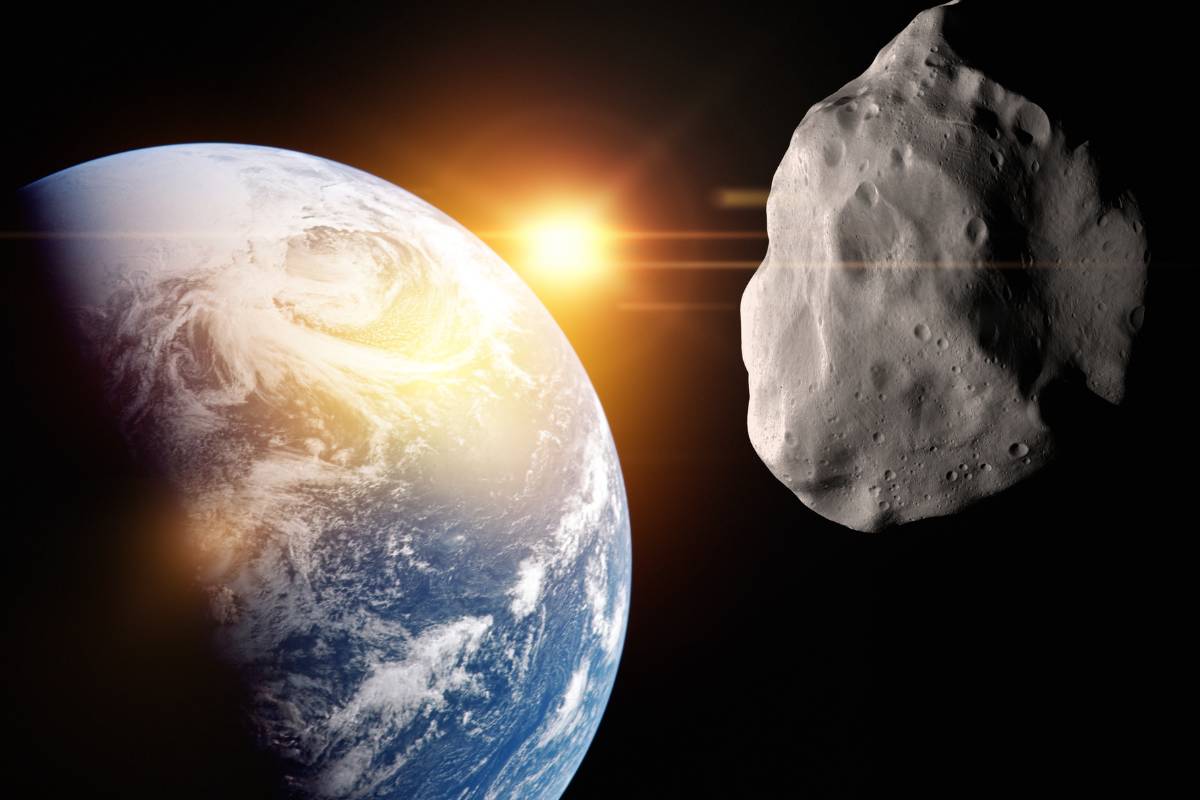2024 PT5: Earth’s Temporary Mini-Moon Arrives On Sep 29

In an exciting astronomical event, Earth is set to temporarily acquire a second moon starting on September 29, 2024, named 2024 PT5. This phenomenon, often referred to as a “mini-moon,” involves an asteroid being captured by Earth’s gravitational pull. This blog delves into the details of this event, the science behind it, and its implications.
Table of Contents
ToggleWhat is a Mini-Moon?
A mini-moon is a small asteroid that gets temporarily captured by a planet’s gravity, causing it to orbit the planet for a short period. Unlike our permanent moon, these mini-moons are transient visitors, staying for a few months before continuing their journey through space.
The New Mini-Moon: 2024 PT5
The asteroid designated 2024 PT5 is the latest celestial body to be classified as a mini-moon. Discovered on August 7, 2024, this asteroid belongs to the Arjuna asteroid group, known for their Earth-like orbits.
Discovery and Initial Observations
The asteroid 2024 PT5 was first spotted by astronomers on August 7, 2024, using the Pan-STARRS1 telescope in Hawaii. Its discovery was part of ongoing efforts to track near-Earth objects (NEOs) that could pose a potential threat to our planet. Initial observations indicated that 2024 PT5 had an Earth-like orbit, making it a candidate for temporary capture by Earth’s gravity.
Orbital Dynamics
The capture of 2024 PT5 as a mini-moon is a result of its specific orbital characteristics. Its low velocity and close approach to Earth allowed our planet’s gravity to pull it into a temporary orbit. This process is a delicate balance of gravitational forces, and not all close-approaching asteroids become mini-moons. The orbital path of 2024 PT5 will be closely monitored by astronomers to understand its trajectory and eventual departure from Earth’s vicinity.
Key Characteristics of 2024 PT5:
- Diameter: Approximately 10 metres.
- Orbit Duration: September 29 to November 25, 2024.
- Visibility: Unfortunately, 2024 PT5 is too small and dim to be seen with the naked eye or typical amateur telescopes.
The Science Behind Mini-Moons
Mini-moons are fascinating because they offer scientists a unique opportunity to study near-Earth objects (NEOs) in greater detail. These objects are part of the broader population of asteroids and comets that come close to Earth. The capture of 2024 PT5 is a result of its low velocity and close approach to Earth, allowing our planet’s gravity to temporarily pull it into orbit.
Historical Context
This is not the first time Earth has had a mini-moon. Previous instances include:
- 2022 NX1: A mini-moon that made a brief appearance in 2022.
- 2006 RH120: Another well-documented mini-moon that orbited Earth for about a year from 2006 to 2007.
Why Mini-Moons Matter
Mini-moons are more than just celestial curiosities. They provide valuable data for scientists studying the dynamics of NEOs and the gravitational interactions between these objects and Earth. Understanding these interactions can help improve our ability to predict and potentially mitigate the impact of larger asteroids.
Observing the Mini-Moon 2024 PT5
While 2024 PT5 won’t be visible to the naked eye, professional astronomers will be able to track its journey using powerful telescopes. This tracking will provide data on its orbit, composition, and behaviour, contributing to our broader understanding of asteroid dynamics.
Implications for Future Research
The study of mini-moons like 2024 PT5 can have several implications:
- Asteroid Mining: Understanding the composition of these objects could pave the way for future asteroid mining endeavours.
- Planetary Defence: Insights gained from mini-moons can enhance our strategies for defending Earth against potential asteroid impacts.
- Space Exploration: Mini-moons can serve as natural laboratories for testing new space exploration technologies and techniques.
Conclusion
The arrival of 2024 PT5 as Earth’s temporary second moon is a reminder of the dynamic and ever-changing nature of our solar system. While this mini-moon won’t be visible to most of us, its presence will provide valuable data for scientists and contribute to our understanding of near-Earth objects. As we continue to explore the cosmos, events like these highlight the importance of ongoing research and observation in unlocking the mysteries of our universe.
Published by Carol Jones
My aim is to offer unique, useful, high-quality articles that our readers will love. Whether it is the latest trends, fashion, lifestyle, beauty , technology I offer it all View more posts







